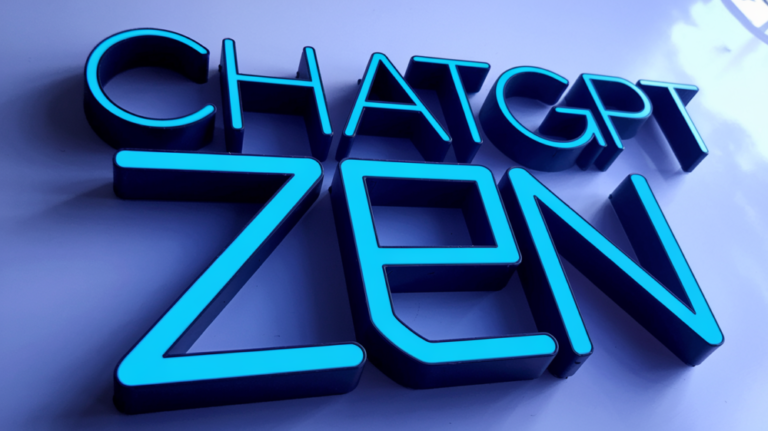Someone has created a version of ChatGPT called AutoGPT and it’s a lot more powerful.
It’s exactly what it sounds like. ChatGPT on AutoPilot.
In the video, I’ll show you exactly how it works, step by step and for complete beginners.
AutoGPT can also do things ChatGPT currently can’t do. Even though it’s not created by the same people, it’s still using ChatGPT. But they’ve added ability to access the web, run google searches, create text files, use other plugins, run many tasks back to back without new prompts, come up with follow up prompts for itself to achieve a task without you having to tell it what to do next and a lot more.
AutoGPT will need to be installed and run on your computer. It’s a little more technical than your normal application install, but I’ll show you every step. We need to install three things from three websites.
First, go to this website.
Next, let’s download an app called Docker. There are three ways to run AutoGPT on your computer and this is the best and easiest option.
Next, you need visual studio. This is not required, but it will save us from a couple of technical steps later.
Next, we need to make an API key on Open Ai website, the creators of ChatGPT.
Save the ip key on a text. You won’t be able to see it again.
You need to open Terminal on Mac or Windows Powershell or command shell on Windows.
Pull the latest image from Docker Hub
Type in docker pull significantgravitas/auto-gpt
Then, we need to create a folder and a text doc inside that folder.
Find the text for what to paste to docker-compose.yml and save the doc inside that folder.
Next, let’s download the source code for AutoGPT
They do update the version, but the process of getting AutoGPT installed will stay the same.
Configuration
1. Find the file named .env.template in the main Auto-GPT folder. This file may be hidden by default in some operating systems due to the dot prefix. To reveal hidden files, follow the instructions for your specific operating system: Windows, macOS.
2. Create a copy of .env.template and call it .env; if you’re already in a command prompt/terminal window: cp .env.template .env.
3. Open the .env file in a text editor.
4. Find the line that says OPENAI_API_KEY=.
5. After the =, enter your unique OpenAI API Key without any quotes or spaces.
6. Enter any other API keys or tokens for services you would like to use.
If you are using a Mac, you need to change one more settings. Search for Mac, remove # and change false to true.
Save the file and close it.
We just launched the ultimate AI learning platform, Skill Leap AI. Join us today










